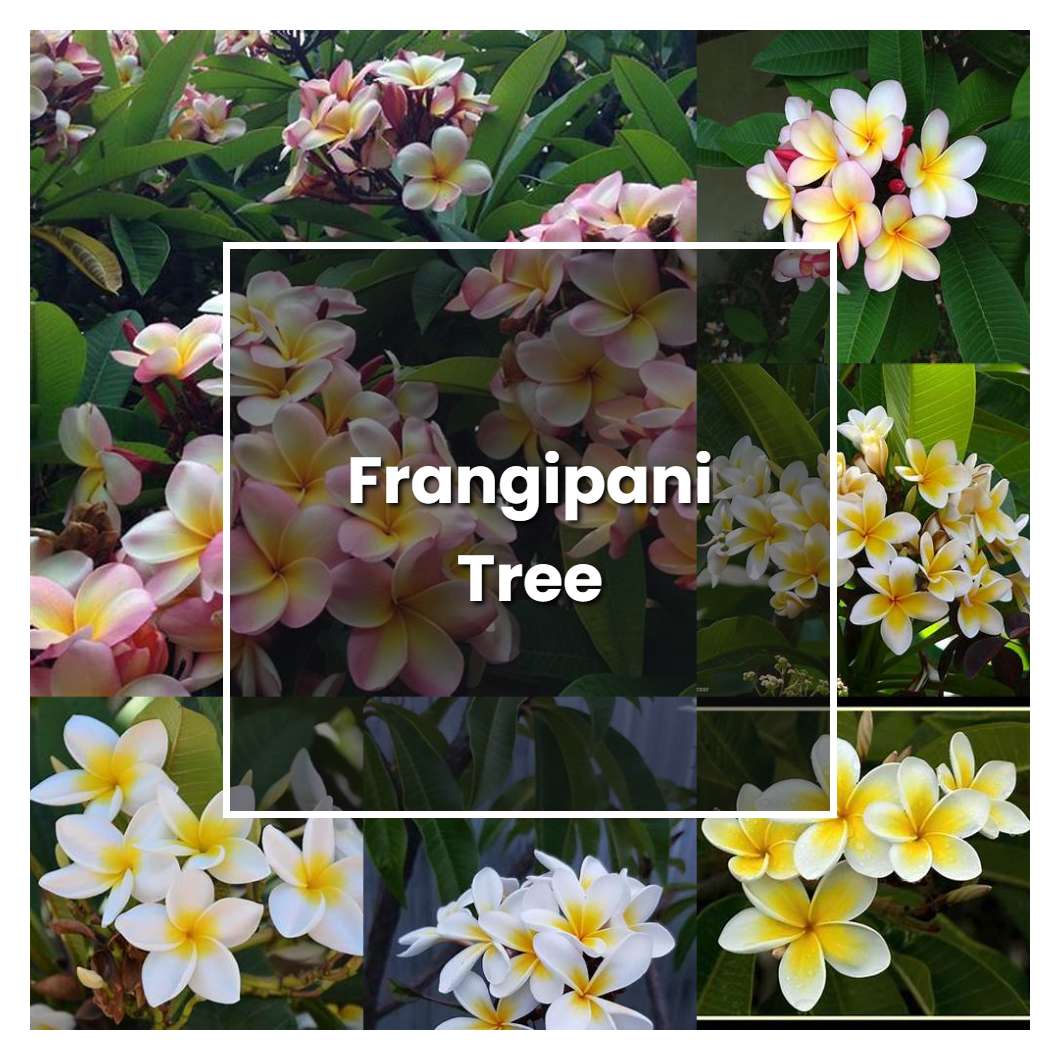Frangipani tree is a one of a kind tree that flowers in various colors. The tree grows in tropical climates and does not tolerate cold weather. The frangipani tree flowers are beautiful and have a strong fragrance. The tree is used in traditional medicines and as an ornamental plant.

Related plant:
Frangipani Flower
Related plant:
Frangipani
About soil condition, frangipani tree like well-drained, fertile soils, and they're also tolerant of poor soils, including those that are sandy, loamy, or clay-based. They don't like to sit in wet soils, so if your area is prone to flooding or has heavy clay soils, it's best to find another spot for your frangipani. They're also not fans of salt, so if you live in an area with salty soils or salty air, you'll need to take extra care of your tree.
So, like the other trees, frangipani trees need sun to grow. They should be planted in an area that gets at least six hours of sunlight a day. If they don't get enough sun, they will not bloom as well.
The temperature condition that is most suitable for a frangipani tree is a warm climate. This type of tree does not do well in cold weather and will die if the temperature gets too cold. If you live in an area that has a cold climate, you will need to take measures to protect your frangipani tree from the cold weather.
Ideal humidity condition for this plant is around 40% to 60%. The plant cannot tolerate low humidity for a long time as it will cause the leaves to drop. If the humidity drops below 30%, the plant will start to suffer.
Regarding fertilizer, this type of plant does best with a high phosphorus fertilizer. For example, a fertilizer with a 3-1-2 ratio would be ideal. It's important to fertilize regularly, especially during the growth season. As for the roots, they're relatively easygoing. You don't need to worry too much about replanting or transplanting.
Pruning your frangipani tree is important to ensure its health and vigor. While the tree is dormant, prune away any dead or diseased branches. Also, remove any crossing or rubbing branches. heading back the tips of the branches will encourage bushier growth.
Propagation is best done by rooting stem cuttings taken from the tips of branches. Cuttings should be taken from new growth and be 4-6 inches long. Cuttings can be taken any time of year except during the coldest months of winter. The cuttings should be placed in a well-drained potting mix and kept moist until roots have formed. Frangipani can also be propagated by air layering.
Usually, the plant growth rate is rapid during the first few years after planting. After that, the rate begins to decline and eventually levels off. The amount of growth each year is also influenced by the tree's environment, including the amount of sunlight, water and nutrients available.
Common problems for this kind of plant are: -The plant can get powdery mildew, which is a white or grey powdery fungus that can occur on the leaves and stems. -Frangipani tree can also get black sooty mould, which is a black fungus that grows on the honeydew excreted by aphids and other sucking insects. -The tree can be susceptible to root rot, stem rot and leaf spot diseases.
Source:
Plumeria pudica (Bridal Bouquet, White Frangipani)
Frangipani: A Scalable Distributed File System
Fast-Growing Shade Trees | NDSU Agriculture and Extension
